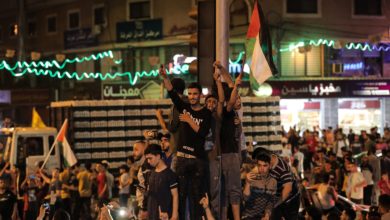On March 25, Saudi Arabia, in conjunction with other Gulf States, and with the backing of the U.S., has started bombing parts of Yemen, targeting areas held by the Houthis, the Zaydi Shi’ite tribal grouping that seized power in Sana’a and has been working their way south to Aden. As the Houthis got close to Aden, Abed Raboo Mansour Hadi, the president of Yemen, who had fled from Sana’s to Aden, is alleged to have left the country altogether.
These developments come on the heels of other significant occurrences, most notably the withdrawal of U.S. and British special forces engaged in counterterrorism training with the Yemeni military, and deadly suicide bombings killing some 152 people, carried out by a group seemingly new to the scene in Yemen, the ISIS-affiliated Sana’a Province.
We have written at length about the various groups in conflict in Yemen: the Houthis, who recieve support from Iran and now apparently former president Ali Abdullah Saleh; the now-fled President Hadi, who is backed by the U.S. and Saudi Arabia, the diverse forces encapsulated in the separatist Southern Movement, and Al-Qaeda in the Arabian Peninsula. These now seem to be joined by Sana’a Province.
AQAP did not hold Al-Hawta long, however.
The mainstream media in the U.S. does little to clarify the situation in Yemen. Nothing is said of the ongoing struggle in Taiz against the Houthi takeover, or of the role of the southern popular committees in fighting AQAP.
Suffice it to say, the Saudi bombing of Houthi bases, including an office building in densely populated Sana’a, cannot possibly have a positive impact on the impoverished nation. All progressive and revolutionary people must stand up for the right of Yemenis to self-determination.





